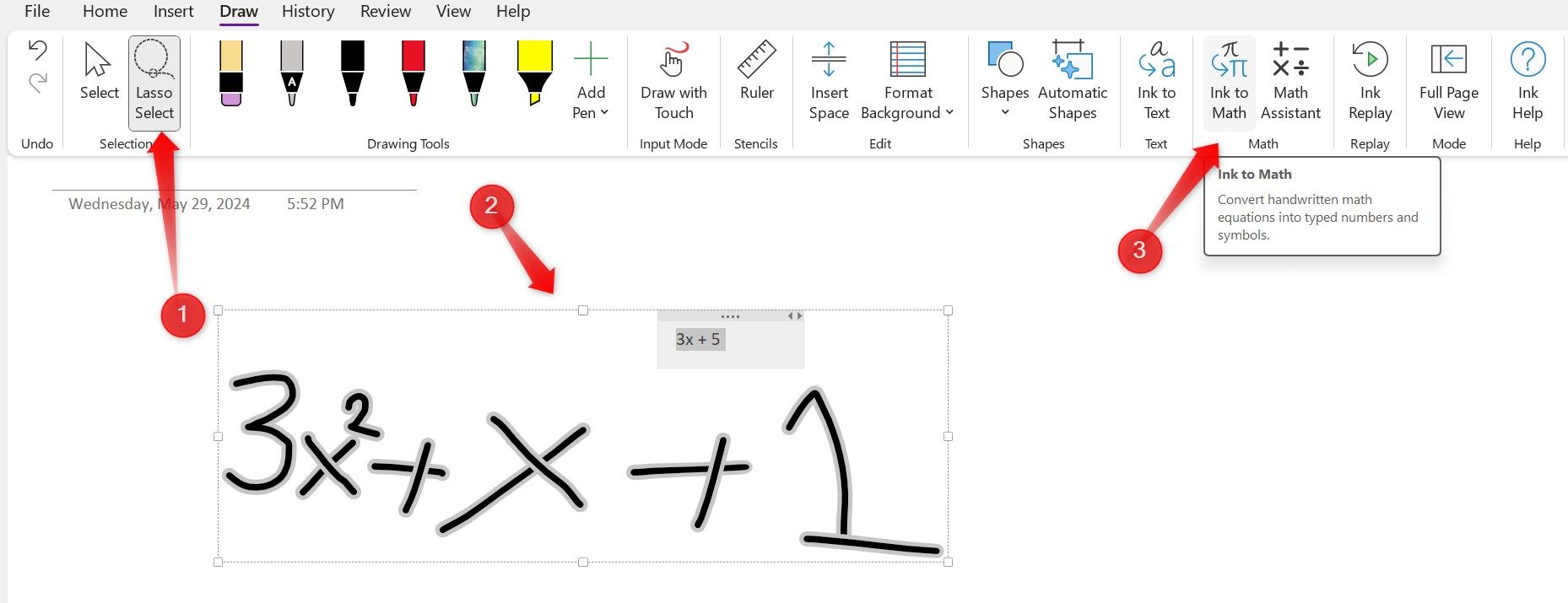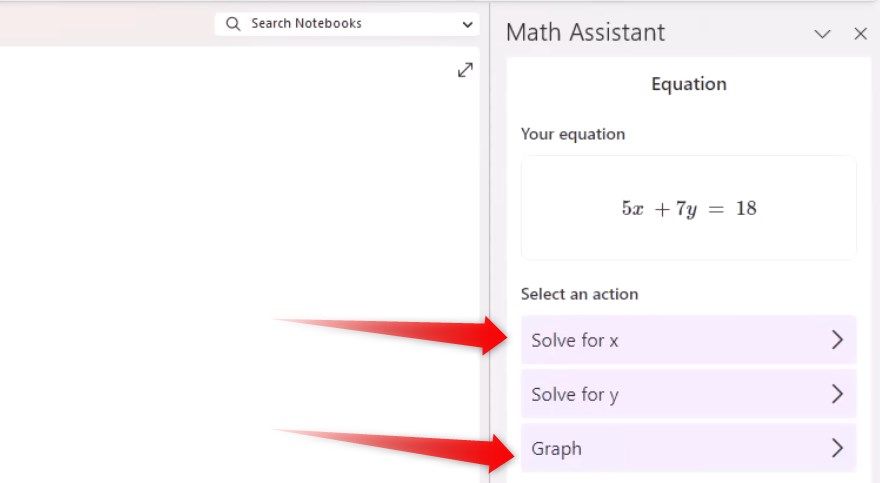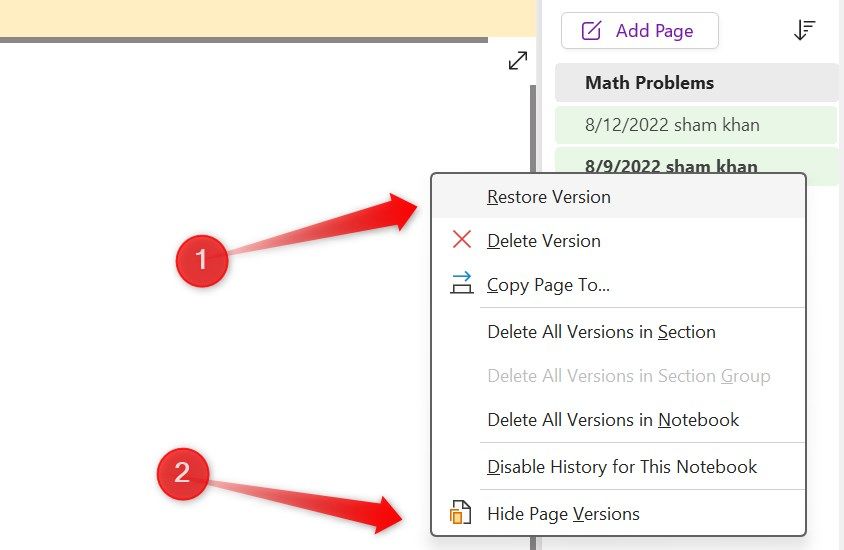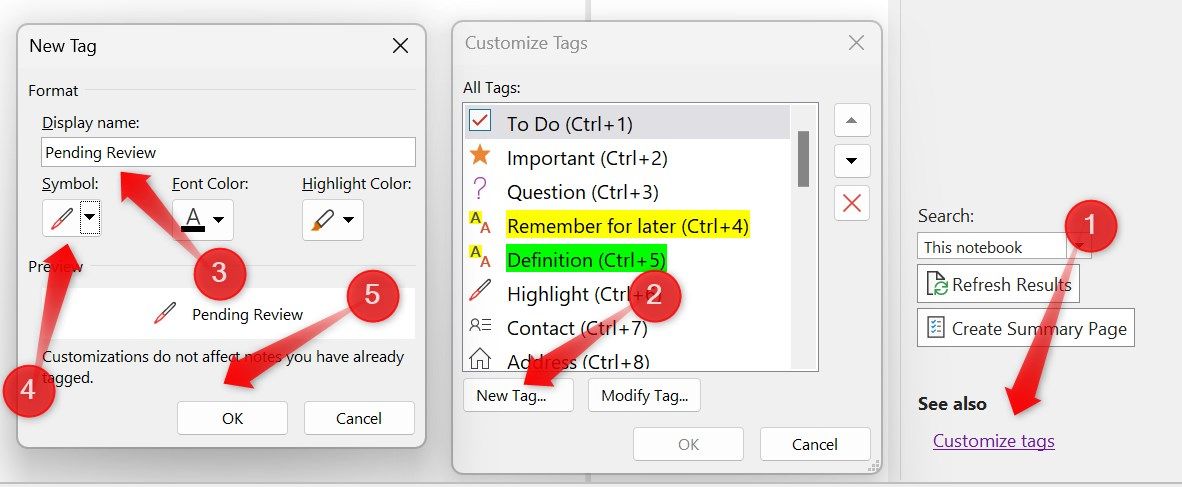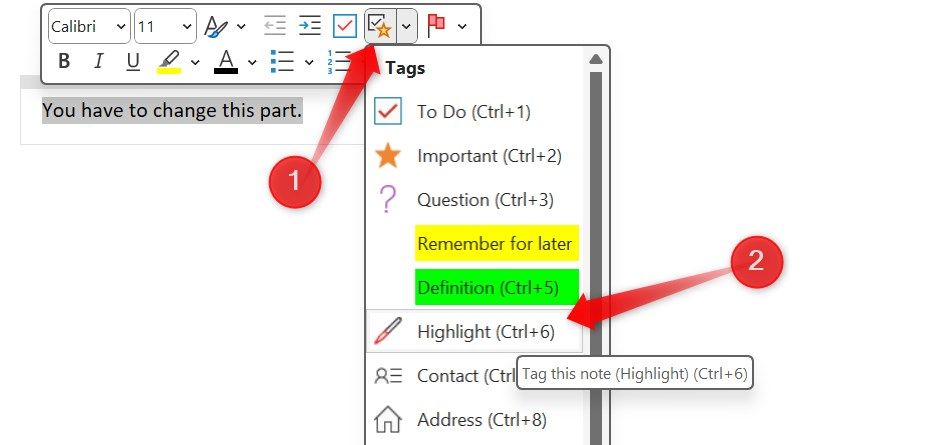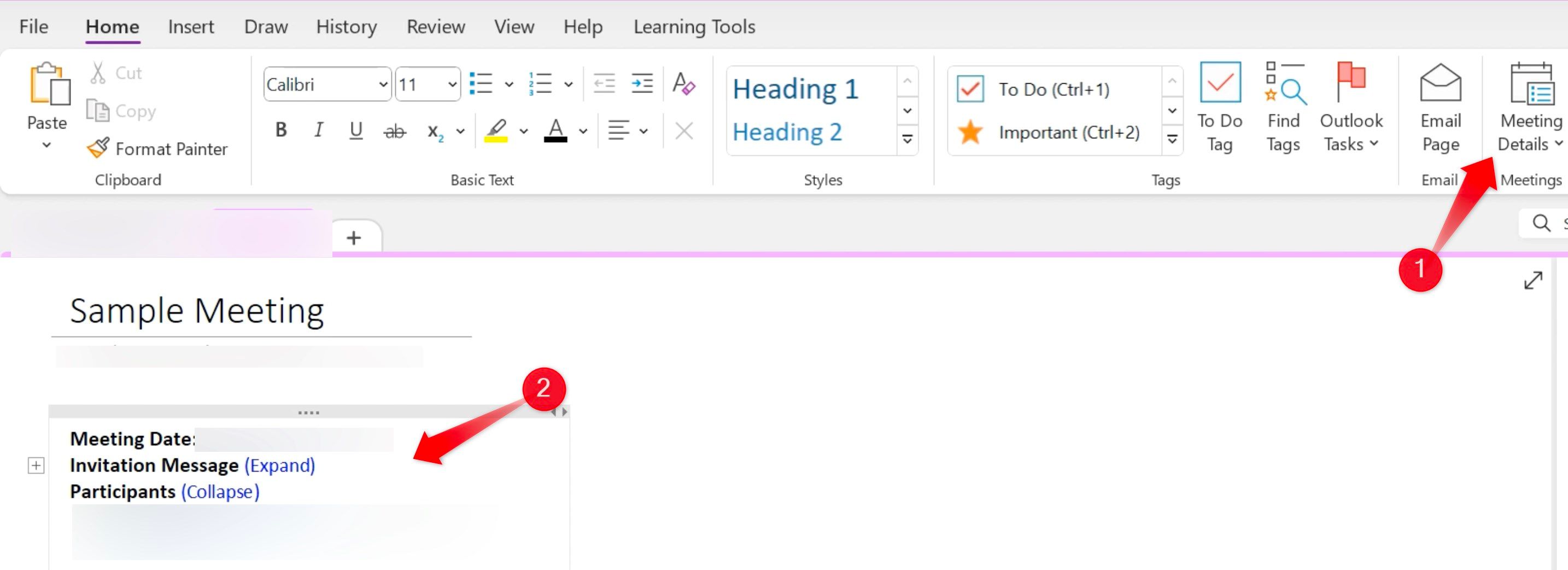Key Takeaways
- With OneNote, you can extract text directly from images and password-protect sections of your notebooks that contain sensitive information.
- The app also includes a page history feature that allows you to keep track of changes, and you can translate entire pages or specific sections without ever leaving the app.
- Using tags, you can easily organize and filter your content, while the Meeting Details feature makes collaborating on meeting notes simpler and more efficient than ever before.
OneNote is a popular note-taking app, but many of its features are underutilized by users. For example, you can extract text from images, password-protect OneNote data, import meeting details, and solve math equations. These are just a few of the lesser-known OneNote features that you should try.
OneNote supports Optical Character Recognition (OCR), a technology that identifies text within an image. This allows you to extract text from an image and paste it anywhere you need it. Whether you have a picture of printed text or handwritten notes, OCR can save you the time and effort of manually typing out text from images.
To use this feature, import the image you wish to extract text from, right-click on the picture, and select “Copy Text From Picture.” You can then paste the text wherever you need it.
However, note that the copied text might contain typos or spelling errors if the original text in the image isn’t clearly visible. So, compare the extracted text with the original to correct any discrepancies.
Password-Protect OneNote Sections
Microsoft OneNote includes a password protection feature that lets you secure individual sections of your notebook. If you store sensitive information in OneNote, using this feature can help keep your data safe from unauthorized access.
To password-protect a section, open your notebook, right-click on the section tab, and select “Password Protect This Section.” Then, click on “Set Password,” enter your password, and click “OK.”
Currently, it is not possible to password-protect an entire notebook; you can only password-protect individual sections. Also, this feature is available only in the OneNote app for desktop and mobile devices—it isn’t supported in the web version.
Use a Mathematical Equation Solver When Studying
OneNote includes a powerful built-in equation solver feature, which can be a significant perk if you use the app for note-taking with your schoolwork. This tool can automatically solve mathematical problems and integrate the solutions into your notes seamlessly.
To use this feature, navigate to the “Insert” tab and click on “Equation” to access the equation editor. Here, you can type your equation or use the pen tool from the Draw tab to write it by hand. To convert a hand-drawn equation into typed format, select it using the Lasso Select tool, click on “Ink to Math,” and click “Insert.”
Once your equation is in typed format, select it and press the “Math” or “Math Assistant” button found in the Draw ribbon. Choose “Solve for X” to find the solution. OneNote allows you to expand the steps to see a detailed process of how the equation was solved. Additionally, you can select “Graph in 2D” to visually graph the equation.
Keep Track of Changes With Page Versions
Like other Microsoft Office applications, OneNote has a version history feature that tracks changes made to notes. Each time you make a change, OneNote saves a new version of the document, allowing you to review what has been modified. You can easily restore previous versions if you accidentally alter or delete important information.
Open OneNote and navigate to the page whose version history you want to view. Right-click on the page’s tab and select “Show Page Versions.” A list of previous versions will appear on the right side of the screen, showing the date and time of each version.
To restore a version, click on it and then select “Restore Version” at the top of the version pane. To unhide page versions, right-click on the page and select “Hide Page Versions.”
For macOS and OneNote for the web, you can access page versions by navigating to the “View” menu at the top of the screen and selecting “Page Versions” for the chosen pages.
Filter Content With OneNote Tags
If you often find it challenging to organize your OneNote workspace and locate the information you need, consider using the OneNote tags feature to streamline your process.
By creating custom tags, you can categorize different types of information more effectively, such as notes, questions, ideas, and more. Tagging content based on priority, like “critical” or “pending review,” allows you to identify items that need immediate attention quickly. With tags, you can easily find tagged content through a quick search.
Likewise, tagging action items for various team members simplifies collaboration and streamlines workflows.
To create a custom tag, navigate to the “Home” tab, click “Find Tags,” and select “Customize Tags” from the bottom-left corner. Click on “New Tag,” assign a name to the new tag, choose an icon, and click “OK.”
To use the available tags, select the text you want to tag, right-click on the text, expand the “Insert Tags” group menu, and select your desired tag.
Make Your Meeting More Smooth With Meeting Details
The Meeting Details feature in OneNote allows you to import key information from your Outlook calendar into your meeting notes. This includes details such as the date, time, and location of the meeting.
You can also view the list of attendees, invite more members, and share the meeting notes page with your team. This enables everyone to see updates and add their notes in real time, simplifying note-taking and improving collaboration.
To use this feature, open OneNote and go to the page where you want to insert the meeting details. Go to the “Home” tab and click on “Meeting Details.” A sidebar will appear showing your upcoming meetings from Outlook. Select the meeting you want to add details for, and OneNote will automatically insert the basic meeting information into your note.
When you use the Meeting Details feature for the first time, you have to sign in to your Microsoft account to link Outlook Calendar with OneNote.
Annotate PDFs
OneNote allows you to improve PDFs with annotations such as text, highlights, drawings, and more. To add a PDF to your notes, navigate to the page where you want to include the PDF, go to the “Insert” tab, and click on “File Printout.” Select the PDF file you want to insert, and OneNote will display each page of the PDF as an image printout on the page.
From there, move to the “Draw” tab, where you can use pens, highlighters, and other drawing tools to annotate the document. You can draw diagrams, insert text boxes, add sticky notes, and leave comments directly on the PDF. OneNote automatically saves your modifications as you apply them, ensuring your notes are always up-to-date.
These hidden features of OneNote can significantly improve your privacy and workflow. If you haven’t explored them yet, give them a try to see how they can improve your overall note-taking experience in OneNote.
While OneNote is compatible with various operating systems, it offers the best integration on Windows. If you use a different operating system, check out other leading note-taking apps.




